
DISCLOSURE: This post may contain affiliate links, meaning when you click the links and make a purchase, I receive a commission. As an Amazon Associate I earn from qualifying purchases.
“An egg a day keeps the health issues away” is certainly a useful saying. For generations, toast and a boiled egg have been an iconic English breakfast.
Hard-boiled eggs are stunning portable little protein bombs that come pre-wrapped in their very own packaging shells. It is fairly straightforward to boil eggs in a saucepan, but you may want to use that instead if you have an Instant Pot.
However, one of the problems that arise with this method is that sometimes the eggs get brown spots on them. It is totally preventable, though, and we’ll tell you why it happens and how to prevent it in this article.
Why Did My Eggs Turn Brown In My Instant Pot?
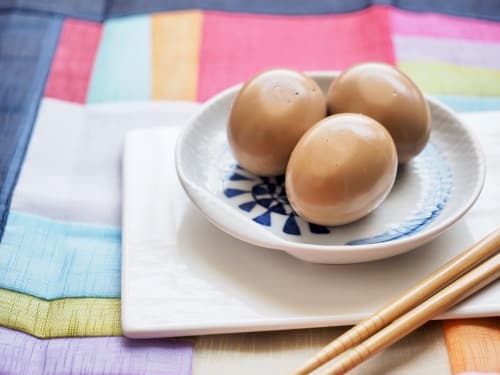
First of all, the brown color of the eggs is due to overcooking and too high a heat. Egg whites are made up of protein with about 1% sugar.
So, when you boil or cook the eggs at a higher temperature, it will initiate the browning reaction, commonly called Maillard browning. In the same way, the sides of eggs tend to turn brown during frying for the same reasons.
1. Insufficient Water

While using the Instant Pot, you need to understand that water plays a key role. Water changes to steam inside this sealed pressure cooker, creating a highly pressurized environment.
This tends to offer faster cooking times. If you don’t add sufficient water, the eggs might turn brown, and the pot will not build up pressure as it should.
Make sure to add at least one cup of water to the Instant Pot while cooking eggs. We recommend using 4 cups for best results mixed with a little baking soda.
The baking soda will help the eggshells to slide off easily once the eggs have cooked. Be sure to dissolve the baking soda in the water first. Otherwise, the eggs will crack.
2. Pressure Cooker Insert Basket
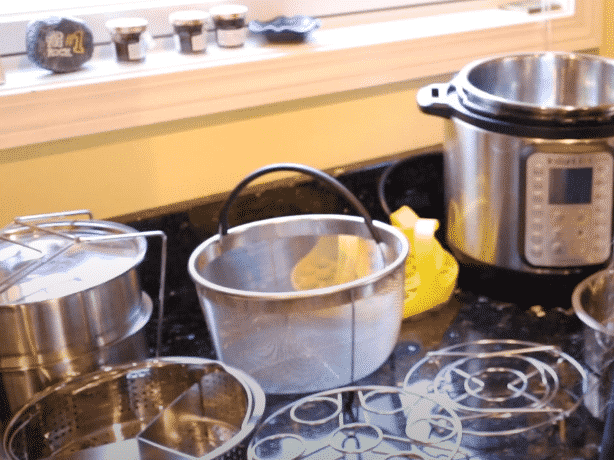
You might be used to cooking eggs by directly putting them into a saucepan filled with water on the stove. However, we need to use a slightly different procedure for the Instant Pot.
When you directly add eggs to the water in a pressure cooker such as an Instant Pot, they may crack and turn brown inside. For perfectly cooked eggs, be sure to use the steamer basket.
[amazon box=”B07WSRLD95″]
This elevates the eggs off the bottom of the pot, preventing the shells from burning and making brown spots inside the egg white. The basket prevents the eggs from touching the sides of the pot, too.
It is fine to stack up to eighteen eggs on top of one another in the basket. This will not affect how they cook in any way.
3. Wrong Pressure Settings
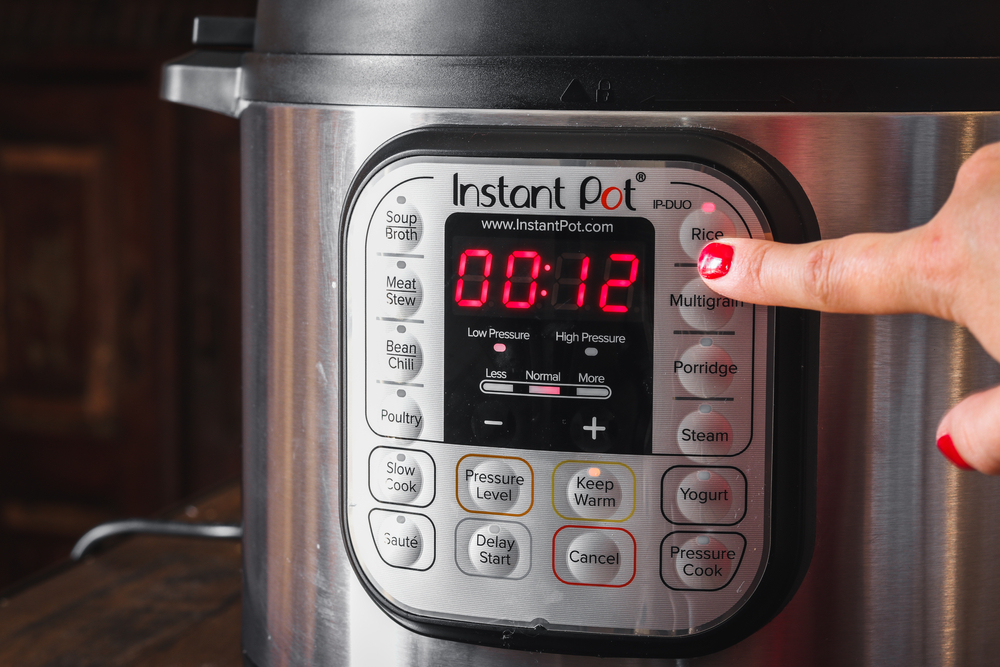
While you are cooking eggs, it is better not to use high-pressure settings. This is because high-pressure settings will create an aggressive environment for the delicate eggs that can lead to the leaking of whites, cracking of eggs, and tanning the yolk.
It is best to stick to low-pressure settings if you want perfectly cooked eggs.
4. Wrong Time
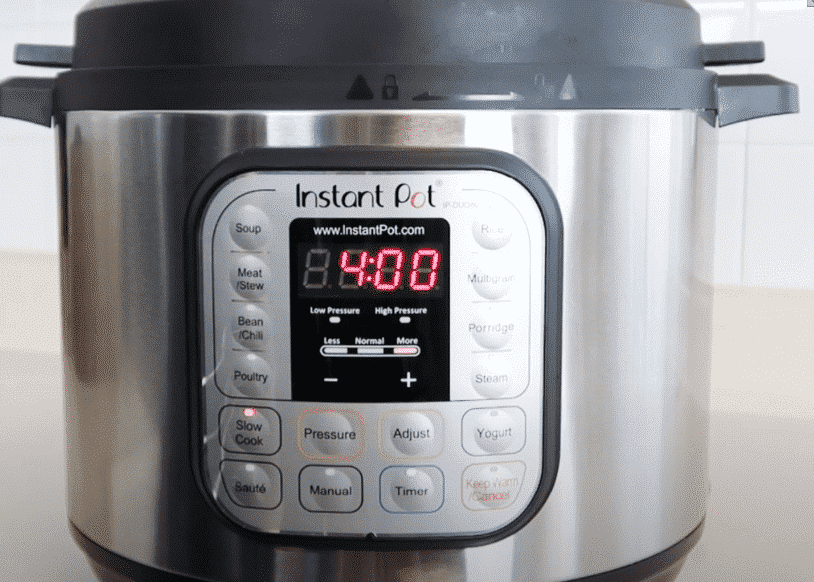
Instant Pots are perfect for cooking eggs because you can cook a huge batch of eggs in a limited amount of time after the development of pressure.
However, you need to be mindful when using the timer because higher timer settings will overcook the eggs, leading to hard, brown eggs.
The best timing is to use the “rule of fives.” This means to cook the eggs for five minutes, allowing just five minutes to release the pressure, and five minutes to place the eggs in an ice bath before peeling them.
5. Natural Release Settings
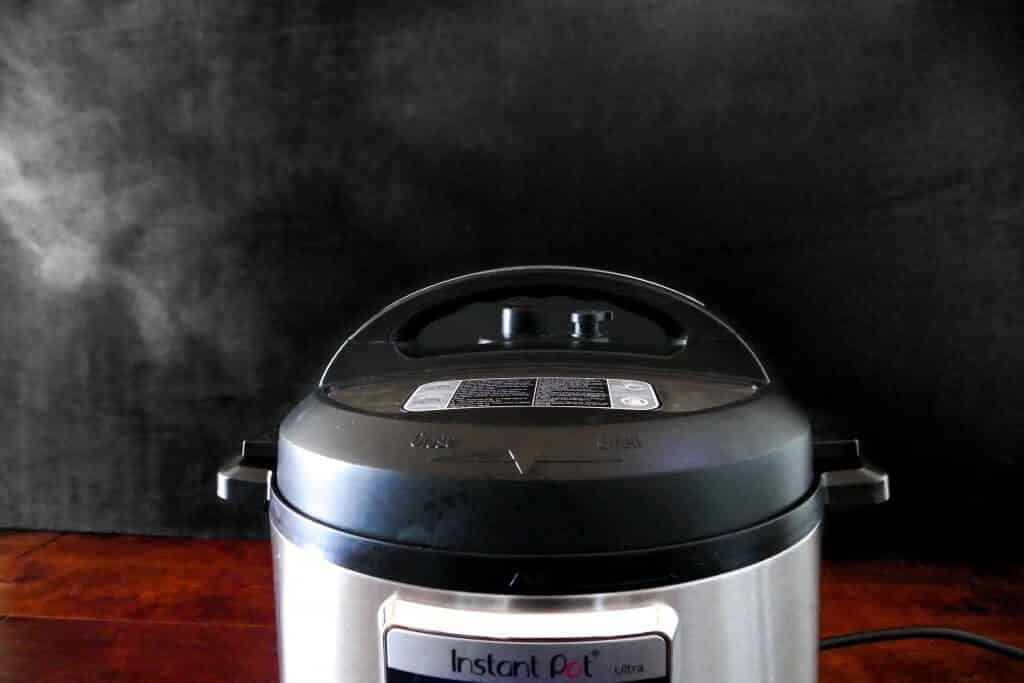
Once the eggs have been cooked in the active cooking setting, you need to quickly release the built-up pressure. It is suggested that you do not use the natural release method for eggs.
The eggs might be overdone with this method and become brown. Instead, always use the rapid release setting to release the pressure once the eggs are cooked. Do not take more than five minutes to release the pressure.
We hope we have solved your brown egg problem. Let us know in the comments section below how your next batch of Instant Pot eggs turns out.